Although Japanese martial arts have been known to exist since 1532, Judo has only been in existence since 1882, and it was created by Dr. Jigoro Kano. Kano was born in the town of Mikage, which is now part of the modern city of Kobe, on October 28, 1860. He was the son of a lay Shinto priest who also worked as a shipping clerk. His mother died at age nine, and the family moved to Tokyo soon afterward.
During his teenage years, Kano was a bright student who studied English, German, Japanese calligraphy and Confucianism among other things. He was also a skinny, fairly short and sickly boy who was often bullied by his peers. By the time he’d enrolled into Tokyo Imperial University, he decided to take up jujitsu to make him stronger despite the objections of many of his friends and relatives.
The Discovery of a Gentler Way
Starting in 1877, Kano was taught by Fukuda Hachinosuke. His dojo taught a more moderate version of Japanese jujitsu that stressed freedom of action, or randori, which would become a major component of Kano’s own work. Kano had trouble defeating one of the dojo’s senior students, so he started adapting techniques from other physical arts, including Western wrestling. The move known as kata-guruma was actually based on a wrestling technique known as the “Fireman’s carry”.
Fukuda died in 1881, and Kano was given the school’s scrolls by his widow. At first, Kano learned from two other teachers. He was also studying on his own around this time. After months of study, he decided to take some of jujitsu’s classical throws and grappling techniques, add some of his own and remove some of classic jujitsu’s more dangerous techniques. This culminated in Kano opening his own dojo and school called the Kodokan in a Tokyo temple in February 1882. Here, he would teach what he called Kodokan Judo. Kodokan means “a place to study the way” while JudoJUDO means “the gentle way”.
The Rise to Worldwide Acclaim
Within five years, the rivalry between Judo and jujitsu had become so intense that a contest was held to figure out what was superior. Judo ended up winning, and more people started training as a result. Kano’s attempts to bring Judo to the world started in a fairly short time. In 1889, he made his first trip to Europe and the United States, and many of his disciples started spreading Judo to these regions in the following years. The first instance of Judo being taught in the UK was in 1892, and the first class in the US was taught in 1907.
In 1899, meanwhile, Kano was asked to help establish the first contest rules for Judo and jujitsu competitions. The Kodokan adopted his rules in 1900, and the current system of ranking was implemented. By 1910, the Kodokan was an official organization, three major Judo associations were founded in Japan, and Judo itself was now a recognized sport. Kano, meanwhile, became the first Japanese member of the International Olympic Committee in 1909.
Judo Worldwide
Judo would not become a major sport in the United States until after World War II, but it was becoming known worldwide. It first appeared in the Olympics at the 1932 Los Angeles Games, which included Kano himself giving a demonstration. He was personally ambivalent towards Judo becoming an Olympic sport since he didn’t believe that anyone nation should hold superiority over it.
Kano died on May 4, 1938, aboard the liner S.S. Hikawa Maru of pneumonia at the age of 77. He had just completed a trip to America, where he had succeeded in getting Tokyo nominated for the 1940 Olympics, which never came to pass due to the war.
Judo became part of the Olympics in earnest at the 1964 Tokyo Games, and it has been a part of most of the games since. The first gold medalist came from the Netherlands, which is an endearing testament to how far Judo has spread from the small dojo in Tokyo over 135 years ago. Today, there are over 400,000 practitioners in the United States alone.

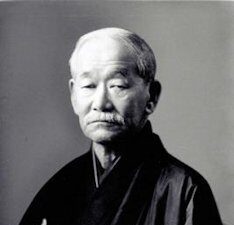
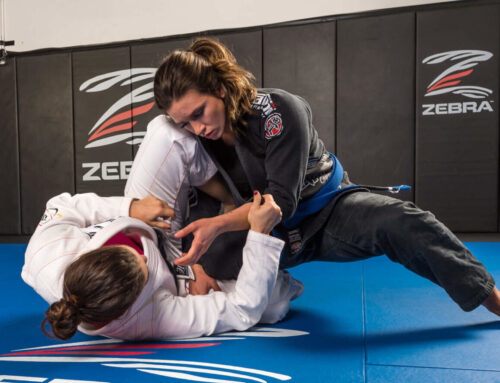
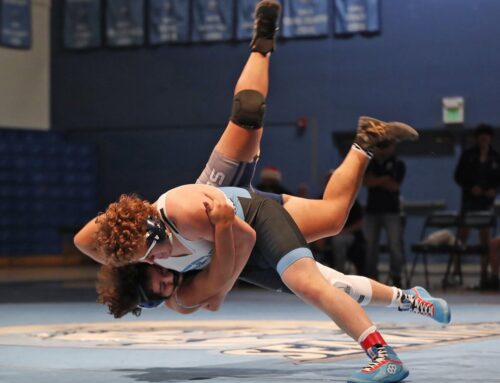
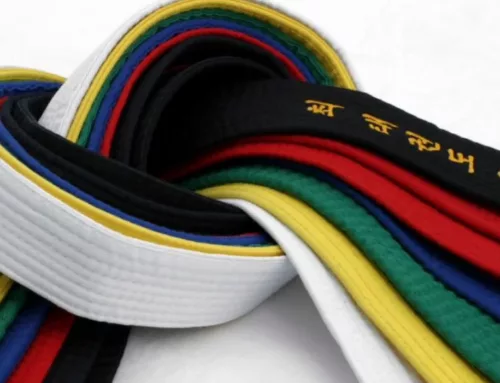
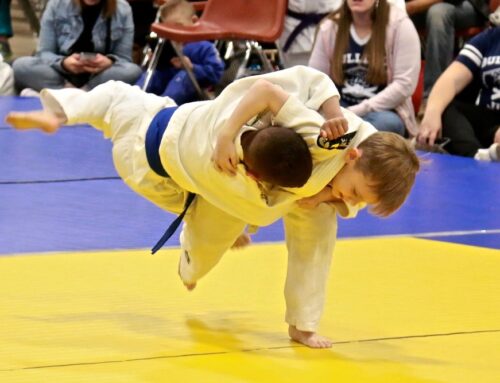
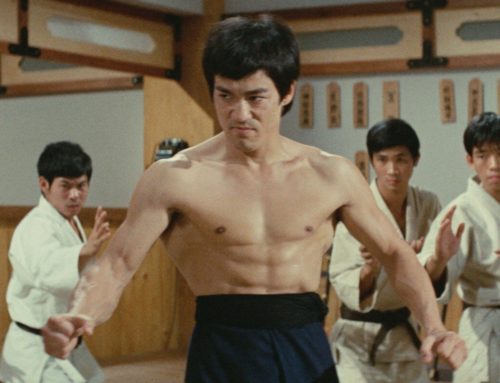
Leave A Comment